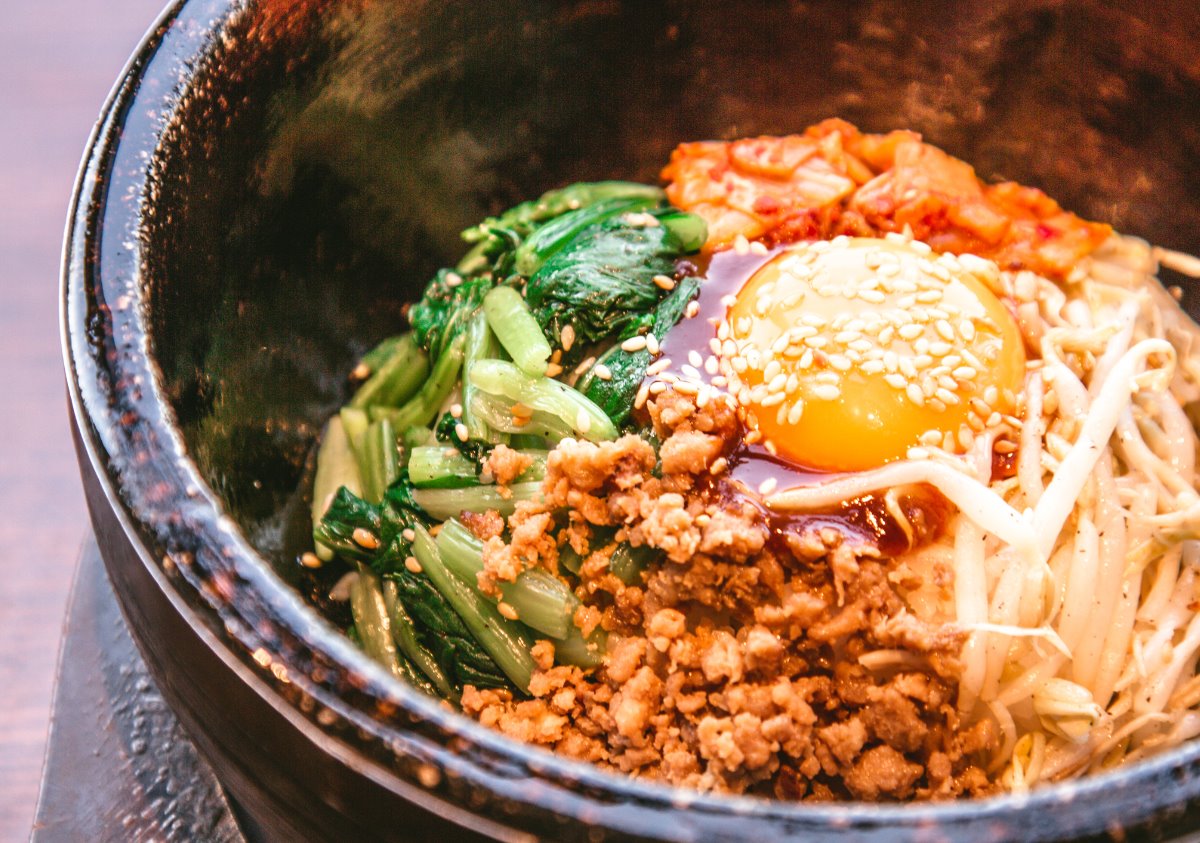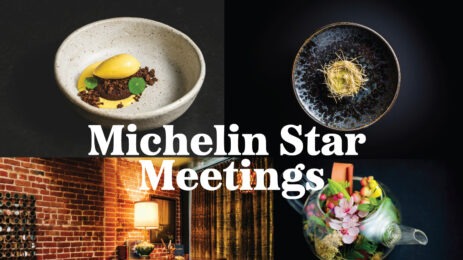Menu selection can be one of the most inspired, and fraught, decisions you make when planning an event. Unfortunately, the decision too often ends up being a safe dish that everyone will eat, but no one will talk about.
Culinary planners at the 2018 Winter Olympic Games are not keeping it safe—in a good way. Early reports show they are exceeding expectations when it comes to the cuisine offered to nearly 8,000 Olympic and Paralympic athletes and officials in PyeongChang, providing a global menu that unifies tastes across the board in a shared experience.
When the world’s elite athletes gather to compete in 102 events in 15 different disciplines, the culinary options ought to be up to par as well. After all, the Olympics are about more than competing. The worldwide occasion also embodies how countries can come together. What better way to solidify bonds than through food? In one month, almost five million meals are being served at 13 competition venues.
Those figures may sound overwhelming, but planners from the Olympic Committee in PyeongChang prepared by compiling an 18-page menu at the athlete dining halls featuring 180 chefs, including 30 halal cooks and a selection of cuisines from around the globe with meals offered 24 hours a day.
This year’s games have brought out well-known chefs to indulge in fine cuisine–from Los Angeles based David Chang to San Francisco’s Deuki Hong and Food Network’s Judy Joo.
More Countries, More Choices
Food is dished out at one of five themed buffets: Italian, Asian, World, Korean and Halal. A salad bar features a large array of fruits and vegetables prepared in many ways, including 13 types of whole, cut and dried fruits, as well as around 20 fresh, steamed, cut, blanched, sautéed, seasoned or grilled vegetables. Team members can choose from nine different varieties of bread, six kinds of eggs, as well as pizza and pasta stations. Calorie-burning athletes also have seven types of cheese options. In fact, even the porridge menu has multiple options with pumpkin, beef, mussel and congee.
At the winter Olympics, staying warm is a high priority. Soup helps and like everything else, diners have a lot of choices. The variety of delectable soups includes: miso, crab meat, lentil, spinach bean paste, seaweed and Ox (both knee and bone), dried pollack and bean curd with fish balls
Here Come the Entrees
Some of the world-class entrees include grilled halibut, smoked turkey breast, grilled sea bass, smoked duck breast, grilled salmon, grilled chicken thighs and grilled tilapia, as well as gimbap, kimchi (white, water, cucumber, radish water and dished radish), japchae, Korean barbeque and a bibimbap station.
The Korean barbeque station has been much more popular than expected, with athletes coming back for seconds and thirds. Outside observers fear not—consumers of these tasty meals are not hesitant to post a picture of it in-between bites.
Bring It Home
Planners looking to this healthy international table can take inspiration for their next meeting. Think globally when it comes to catering. A new food experience brings people together and has a lasting impression. Don’t be afraid to mix it up, theme your menu with a region, and offer a more diverse choice. Your attendees won’t forget it.




